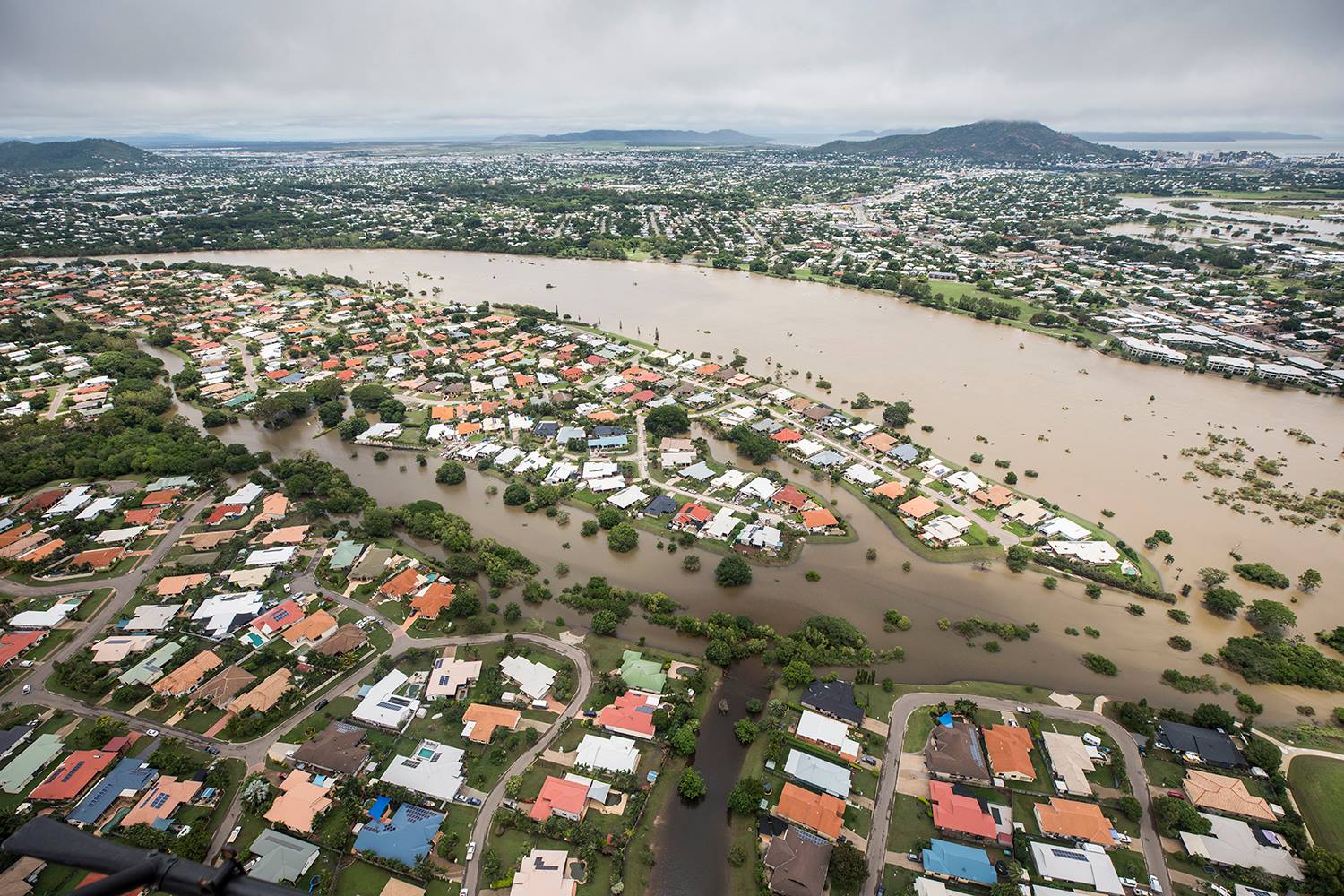Breakthrough membrane technology from CSIRO has paved the way for low-emissions hydrogen from Australia to supply fuel cell vehicles worldwide.
CSIRO chief executive Larry Marshall was one of the first to ride in the Toyota Mirai and Hyundai Nexo vehicles powered by ultra-high purity hydrogen, produced in Queensland using the membrane technology.
“This is a watershed moment for energy, and we look forward to applying CSIRO innovation to enable this exciting renewably-sourced fuel and energy storage medium a smoother path to market,” Dr Marshall said.
The membrane separates ultra-high purity hydrogen from ammonia, while blocking all other gases.
This would allow bulk hydrogen to be transported in the form of ammonia, using existing infrastructure, and then reconverted back to hydrogen at the point of use.
Dr Marshall said he was excited by the prospect of a growing global market for clean hydrogen, and the potential for a national renewable hydrogen export industry, to benefit Australia.
BOC sales and marketing director Bruce Currie said BOC’s engineering team was proud to be collaborating with CSIRO researchers on the technology.
The project received $1.7 million from the Science and Industry Endowment Fund (SIEF), which was matched by CSIRO.
In addition to its membrane technology, CSIRO is applying its expertise to all stages of the hydrogen technology chain including solar photovoltaics, solar thermal, grid management, water electrolysis, ammonia synthesis, direct ammonia utilisation via combustion and/or fuel cells, as well as hydrogen production.


